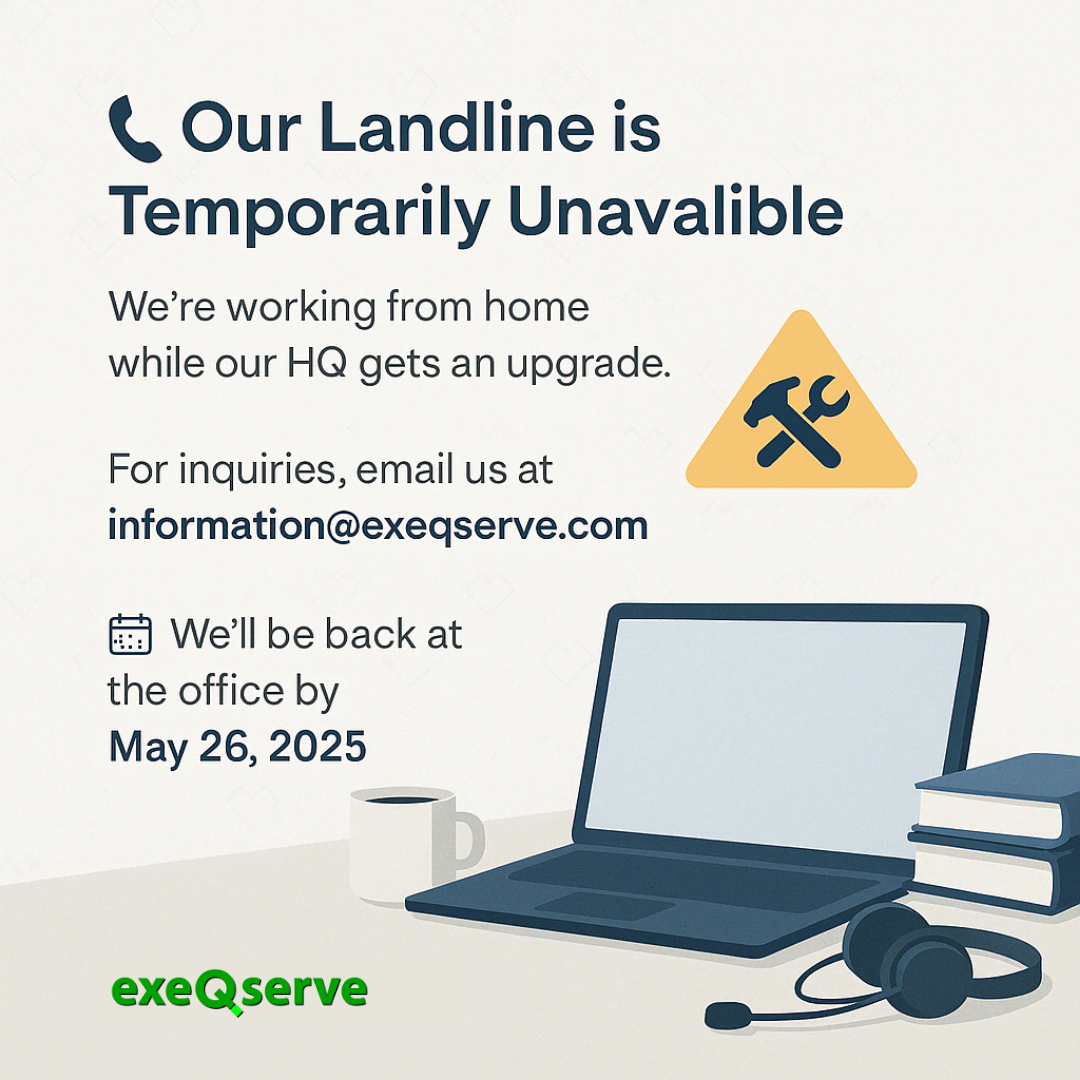If you like to read or listen to leadership and management experts talk, you might find yourself (as I am), confused about their seeming contradictions. As a manager, you are expected to be “in charge” or in control of everything that’s happening in your domain of work. You are therefore accountable for how work turns out. And then you learn, that if you want to engage your employees, you need to be more empowering. This means you should take more risks, and allow people to figure out how to best do their work and deliver their results! Now, which is which? This is not the only paradox you have to deal with as a leader/manager. There are more! In this article, I am sharing my thoughts on some of them, which could hopefully help you navigate those paradoxes as you deal with your day-to-day leadership/management work.

Directing vs. Influencing
The Paradox: Leaders sometimes face the dilemma of whether to give direct instructions or to influence their team towards a particular direction.
Navigating the Paradox: I like Dr. Paul Hersey’s Situational Leadership framework. It provides leaders some guidance for when to control, and when to empower. I think all managers should learn how to recognize which employees need more direction and structure, which ones need coaching and follow-through, who need support, and who need to be allowed to take care of business on their own terms. I recommend that you explore Situational Leadership if you haven’t done so yet.
Delivering Results vs. Employee Welfare
The Paradox: The tension between achieving the bottom line and ensuring employee well-being is a classic challenge.
Navigating the Paradox: I see this as a battle between the urgent and important, and the not urgent but important, where, because of the pressure to deliver, the former often wins over the latter. My recommendation is to prioritize employee well-being as a long-term investment. Happy, healthy employees are often more productive and loyal, which in the long run, drives better results. Regularly check in, provide growth opportunities, and create a work environment that fosters well-being.
Focusing on the Group vs. Focusing on Individuals
The Paradox: Should leaders focus on the team as a whole or cater to individual needs and aspirations?
Navigating the Paradox: Some managers are more comfortable in dealing with the team as a collective, while others prefer to look at the team as individuals in that collective. It’s not an either/or situation. A successful leader recognizes the strengths and aspirations of individual members while fostering a cohesive team environment. Regular team-building exercises alongside one-on-one mentorship sessions can strike the right balance.
Staying Decisive vs. Seeking Feedback
The Paradox: Leaders are expected to make decisions, yet it’s also essential to be open to feedback. How can they maintain authority while still being receptive?
Navigating the Paradox: This reminds me of a former boss who didn’t like to ask for input. Whenever I tell him that I plan to consult with the employees, he says just go ahead and do it. You’ll get conflicting inputs from people, and you’ll just end up confused. We almost always have to redo the work, after the barrage of complaints. Here’s my suggestion. Encourage a feedback-friendly culture where employees feel safe to voice opinions. However, once feedback is gathered, leaders should weigh it carefully and then make a decisive choice. Being transparent about the decision-making process can also help in gaining trust. If I may also add, very few decisions are fool proof. Be open to additional feedback so you can evaluate the effectiveness of your decision.
Flexibility vs. Consistency
The Paradox: In an ever-changing business landscape, when should a leader be adaptable, and when should they remain consistent?
Navigating the Paradox: I don’t want to sound like I am oversimplifying this, but I really think this is quite simple. Leaders should be consistent in values, vision, and overall strategic direction. However, in terms of tactics and operations, being flexible allows organizations to adapt to the ever-changing external environment. It’s a dance between staying true to one’s core and being agile in execution. On another note, many people misconstrue it when people tell them to be true to themselves and don’t ever change. Of course, one should always be changing and adapting. Being true to oneself means having a clear set of values that one uses to make decisions that are aligned with one’s philosophy and values in life. Even the changes we choose to adopt should be aligned with our core values so that we don’t lose ourselves in the journey.
Tips for Navigating Leadership Paradoxes
Embrace Complexity: Recognize that leadership is not black and white. Embracing the gray areas allows for more nuanced and effective decision-making.
Seek Mentorship: Engage with mentors or peers who have navigated similar challenges. Their insights can be invaluable.
Reflect Regularly: Take time to introspect. Regular reflection helps in self-awareness and understanding the dynamic nature of leadership.
Engage in Continuous Learning: Whether it’s through books, courses, or workshops, staying updated can provide tools and frameworks to handle leadership challenges.
Leadership paradoxes are a testament to the dynamic and multifaceted nature of management roles. By understanding and skillfully navigating these paradoxes, leaders can create a harmonious balance that benefits both the organization and its employees.
















